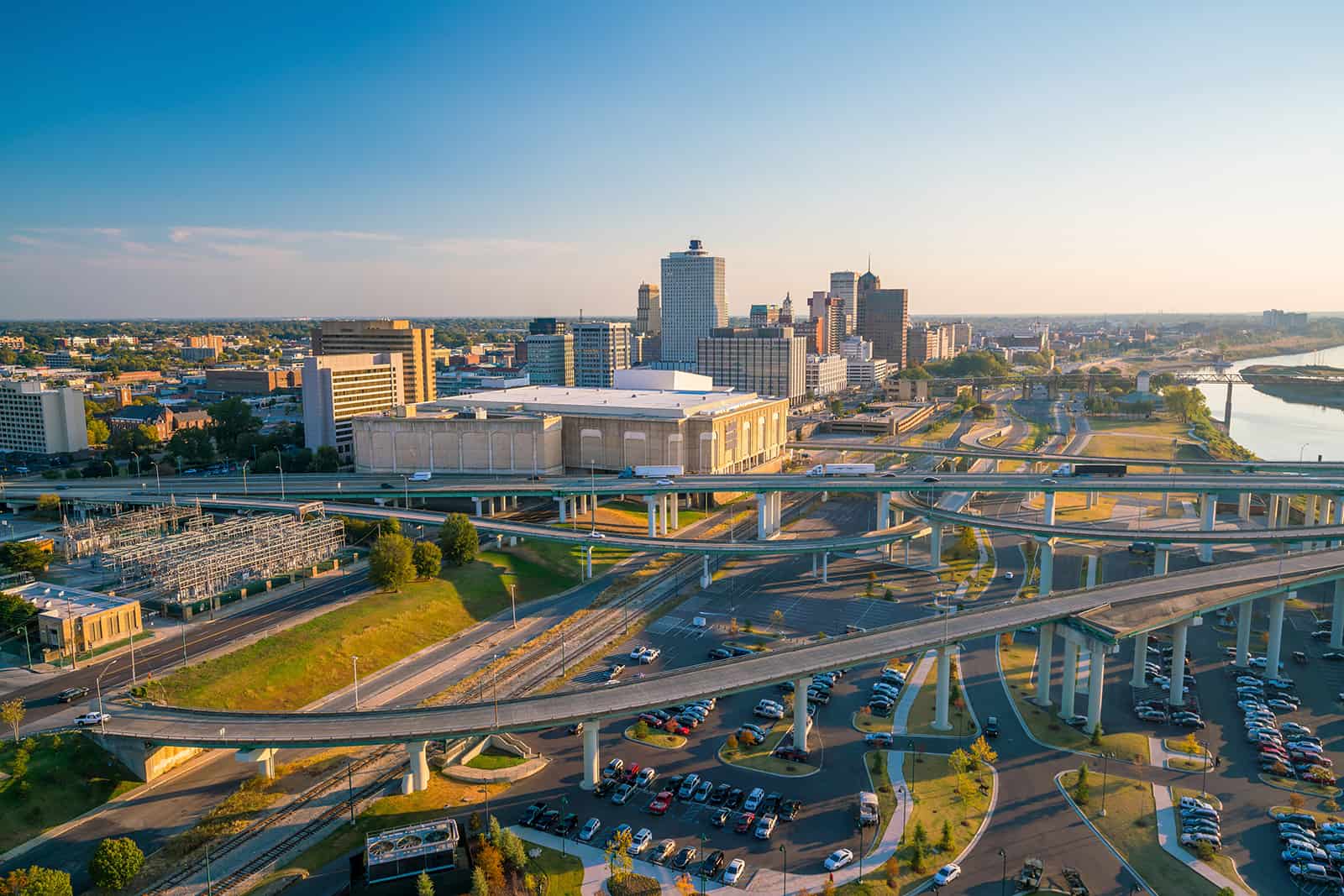The amount of money required to be considered wealthy can vary quite a bit relative to where you live, even within the United States. According to the US Census Bureau, the national median household income in America was $59,039 in 2016, and to be considered “upper income” you have to make twice the median income for the area in which you live.
The median is a better measure of the most common income level in America than the average, which can be skewed by the extreme outliers in the highest echelons of American wealth. For example, while the United States makes up 4 percent of the world’s population, it is home to 25 percent of the world’s billionaires. And most of the wealthiest billionaires are Americans. So here’s how much money in annual income it takes for you to be considered wealthy in these 40 major U.S. cities and metropolitan areas:

40. Memphis, Tennessee: more than $99,618
• How much money it takes to be in the top 1% in Tennessee: $308,834
• Median income in Memphis: $49,809
• Metro-area population: 1.3 million

On the far West side of the state of Tennessee, Memphis is a major hub of commerce, education, media, art, and entertainment. The majority African American city has a rich musical history with many historic blues venues on Beale Street where the unique Memphis blues sound was created in the early 20th century. The city’s music continues to develop with a blend of African American and white influences in the blues, country, rock n’ roll, soul, and hip-hop genres. Memphis barbecue is world famous, and the city hosts a World Championship Barbecue Cooking Contest, which attracts over 100,000 tourists to the city every year. Persistent socioeconomic challenges in Memphis have resulted in high rates of poverty and crime in recent decades.
